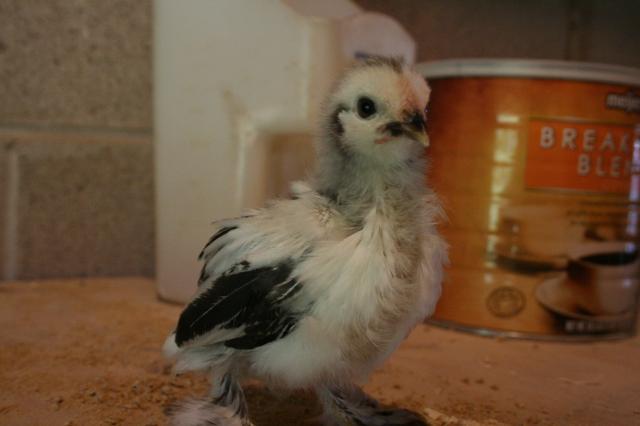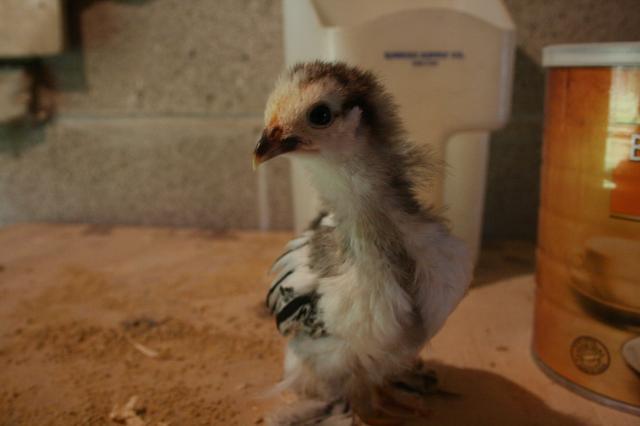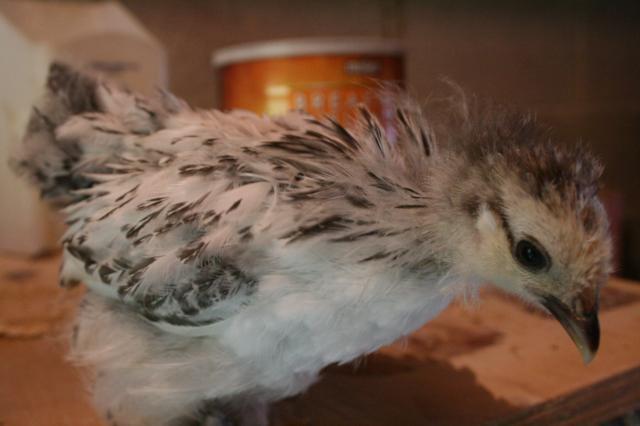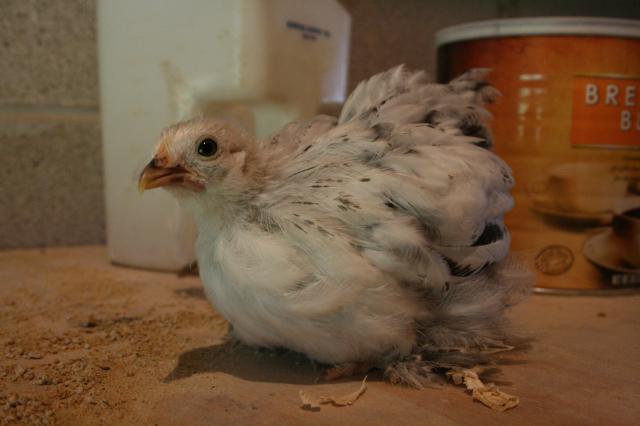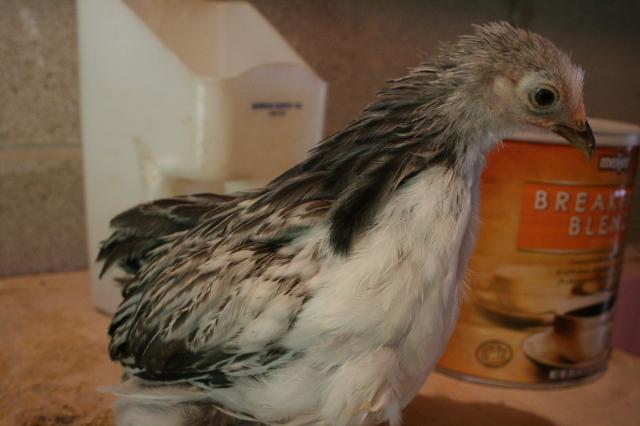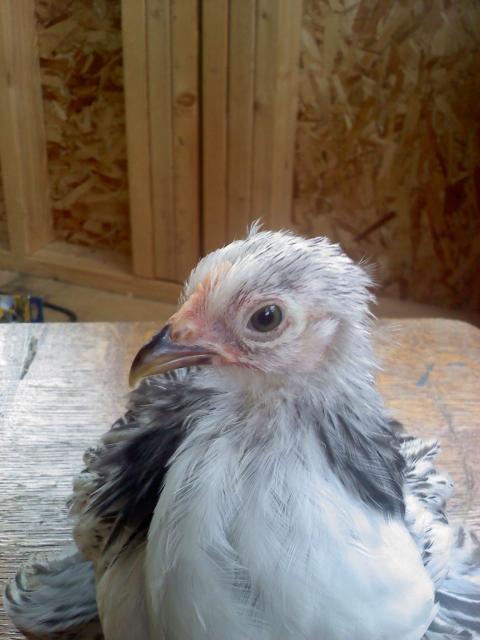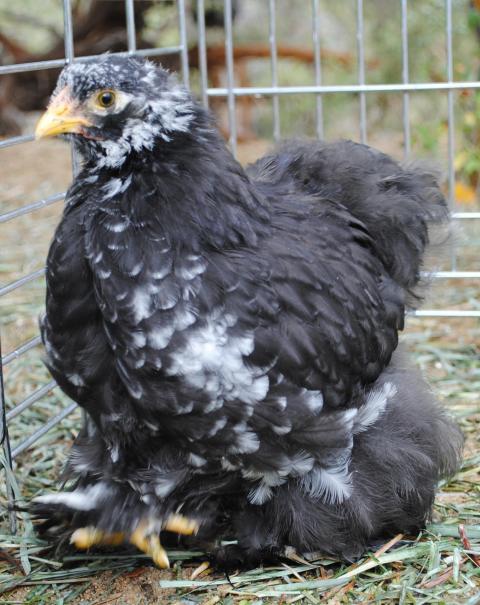Quote:
Good morning. Since you mentioned wanting to raise and sell these eggs as Partridge, I wanted to make a couple comments. The females in the pictures are not correctly marked. They display typical lack of pattern that we see in the Partridge Cochin bantams. Check your standard. For Partridge or Silver Penciled (pattern description is the same), they should have distinct penciling throughout the entire body. Your females appear to have some limited penciling in their breast area, and then fade to no pattern definition across back and through the cushion. Additionally, they have shafting, which is the light quill color (straw color) that you see in the photo. This is a serious defect and once established very hard to get rid of in a line. I am not trying to put your birds down, simply pointing out that they do not display the proper color pattern. I raise Partridge Bantams and it is a very difficult pattern to get correct. I cull hard for shafting. Out of about 20 that I raised this year I have culled to 3 ckls and 5 pullets. The pullets that show barring in their juvenile plumage are usually the ones stand a good chance of being penciled, although the penciling on Partridge Bantams is still too thick. You said that the pullet in the photo was the better of what you had hatched. What does the male look like? He does impact the color of the female offspring as well, although when breeding for well marked pullets you want to start with the best marked females possible.
I had to go back to Joanie's pic to see what "shafting" is? Are you talking about the thin light color running down the center of the feathers? Thanx again, Tom, for the great info. Sometimes when culling, we have to decide between the lesser of 2 evils (traits/defects), and its always good to know which can be passed on and which are singular to particular birds.
Like right now, I'm trying to decide between combs and cushes. I have a 2-month old with a near-perfect comb, but IMO, his cush is a bit too skinny, and possibly too upright. His brother has a wider and lower cush, and the points on the comb are good, but the comb is slightly wavy. Both have eight distinct toes and nails. This particular generation is NOT for show, but rather breeding stock for my F2's, so I'm more concerned with what traits will pass on, as opposed to what traits will show well in one particular bird. Does that make sense?




